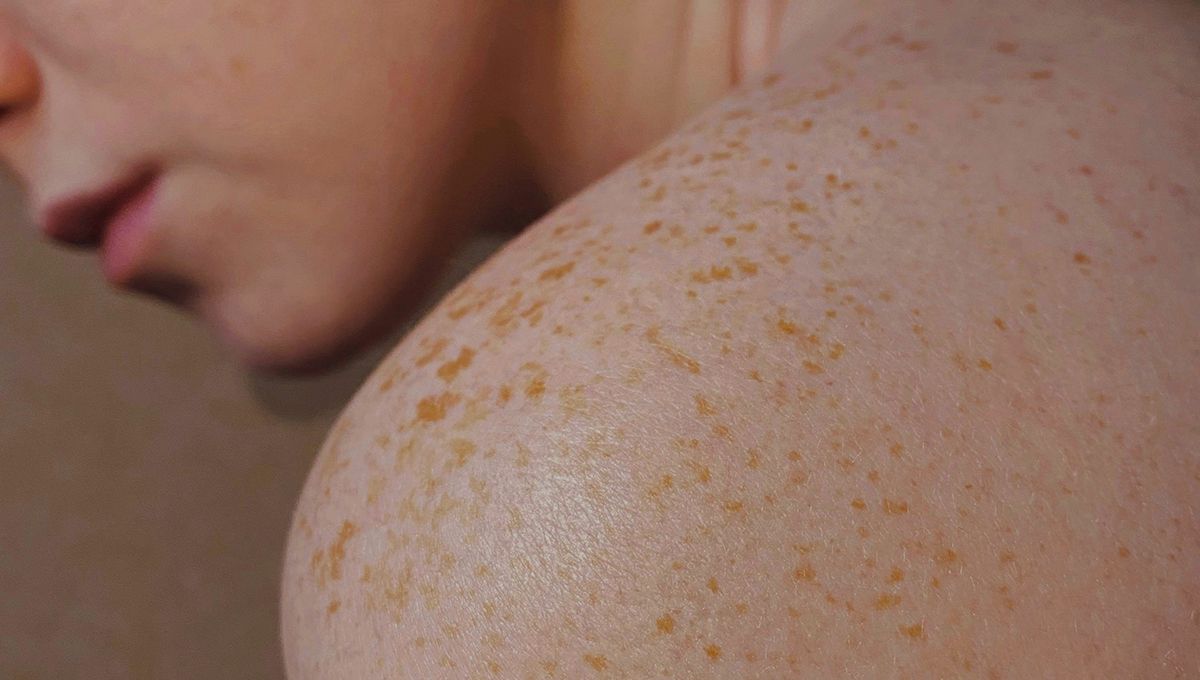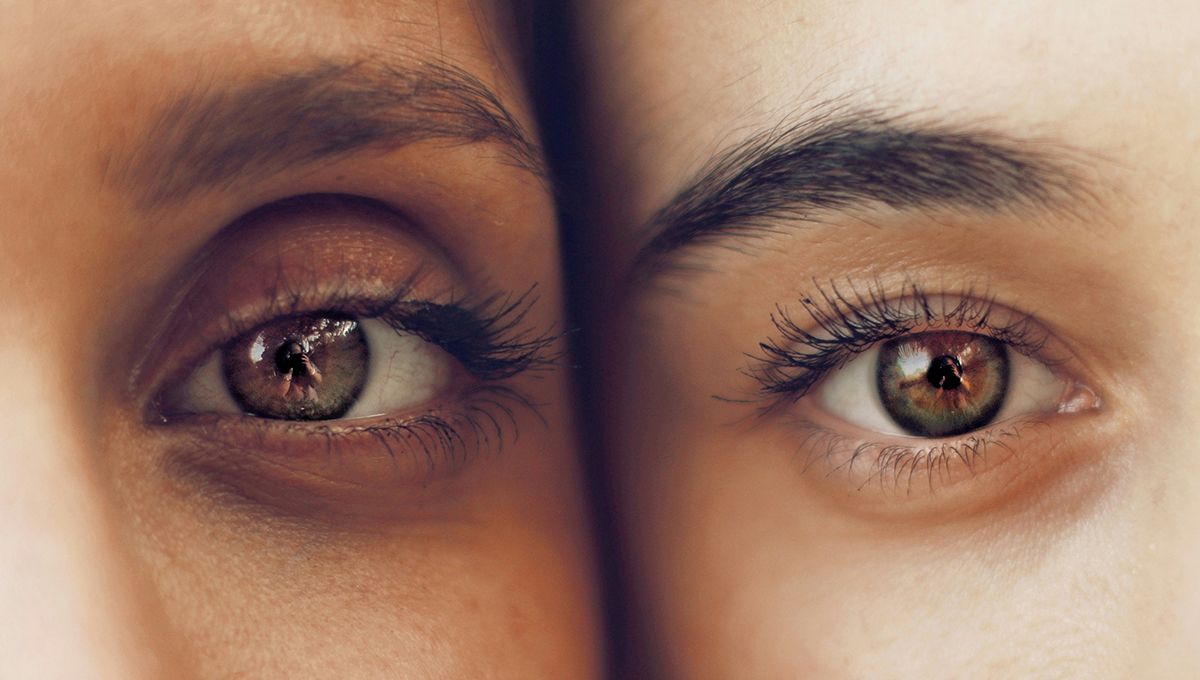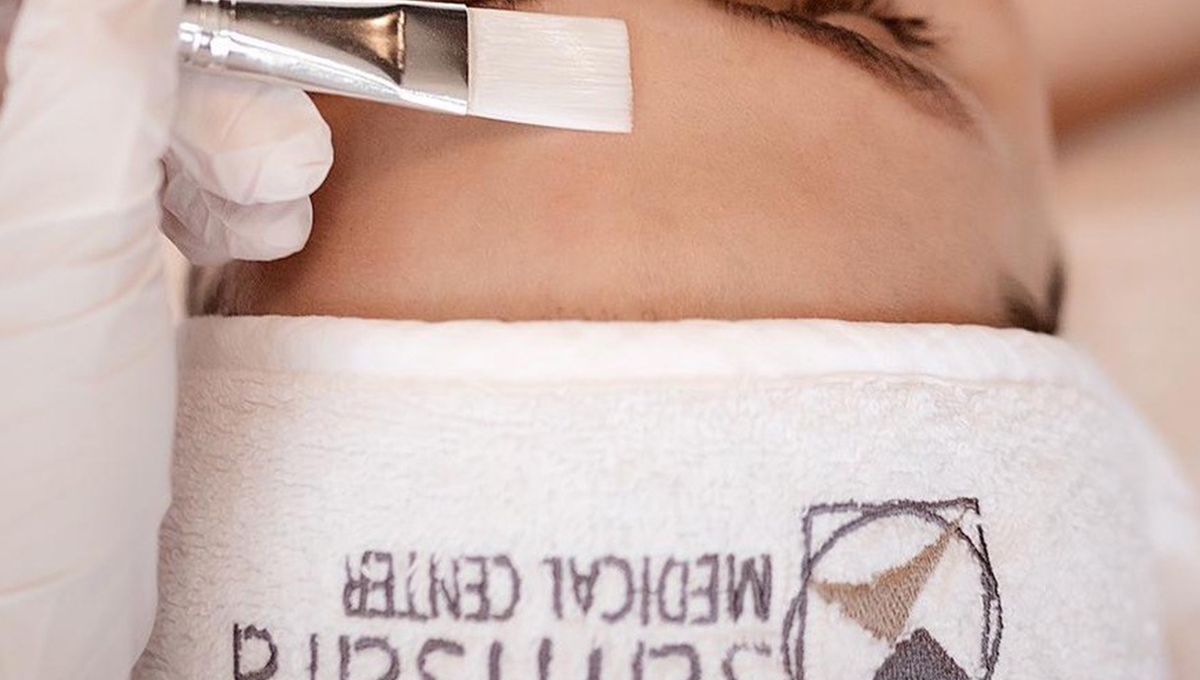
Skin in the sun
All the benefits and risks of tanning
What are the pros and cons of sunbathing? Let's find out in this article, all the advantages but also the dangers of the sun and how to protect yourself.
Is the sun good for the skin? What are the risks and benefits? Especially in summer, lying in the sun and showing off a good tan is a common and very pleasant practice, also because a tan certainly gives the skin extra beauty. But how to regulate proper exposure?
THE BENEFITS OF THE SUN
Proper exposure to the sun can only be beneficial. In addition to having a good impact on mood, the sun, in the right quantities, positively influences the production of vitamin D (15 minutes of sunshine a day is enough!), which in turn promotes the absorption of calcium in the bones. The sun also benefits skin diseases such as psoriasis and atopic dermatitis by reducing inflammation.
THE RISKS OF INCORRECT EXPOSURE
Conversely, in excessive doses, the sun can be harmful. Sunlight is composed of rays of different wavelengths: those with a shorter wavelength are the UV (invisible ultraviolet) rays, which are the most harmful. But what does the amount of UV rays, with which the skin comes into contact, depend on? The time of day, the season, the altitude and the geographical location. UV rays interact with the skin and generate reactive free radicals, which can cause damage and oxidative stress. UV rays are divided into three groups in particular. UVCs do not reach the skin, as they are blocked by the earth's atmosphere. UVBs, although necessary to produce vitamin D, are primarily responsible for sunburn. In the short term, the sun can in fact cause sunburn and erythema. UVAs, on the other hand, are able to penetrate deeper into the skin: they are therefore responsible for photodermatitis, pigmentary disorders (such as spots, melasma or vitiligo) and photosensitisation. In the long term, unfortunately, the damage can be greater. UVA also causes premature skin ageing, inevitably accelerating the process. In addition, there can be an increase in skin blemishes, deep wrinkles, loss of tone and elasticity. There can also be damage to the eyes and weakening of the immune system, not to mention the high risk of developing skin tumours.
In fact, UVB and UVA rays can alter the nucleus of the cell and its DNA. In the long term, this can affect the development of neoplasms: precancerous skin lesions, such as actinic keratoses, but also cancerous lesions, such as basal cell carcinoma, spinocellular carcinoma and the more dangerous melanoma, can occur.
PREVENTION IS THE BEST DEFENCE AGAINST THE RISKS OF THE SUN
What to do then to defend yourself?
- Properly prepare the skin for the sun. Follow a vitamin-rich diet and use supplements or tanning preparation creams if necessary.
- Use high-protection sunscreens suitable for your skin type (more sensitive phototypes with a fair complexion need more protection).
- Apply sunscreen before exposure and reapply generously, frequently, especially after bathing.
- Avoid exposure to the sun during the hottest hours (11am to 4pm), preferring shady areas.
- Wear adequate protection such as a hat, sunglasses and T-shirt.
- Pay attention to the most sensitive and exposed parts of the body: face, hands, neck, ears and eyes.
- Schedule regular nevi checks, through self-examinations to keep an eye on any changes (e.g. colour and size) and through dermatological examinations.
- Consider targeted treatments: peeling and exfoliation to prepare the skin, oxygen therapy to regenerate it, biorevititalisation to stimulate collagen and elastin.









